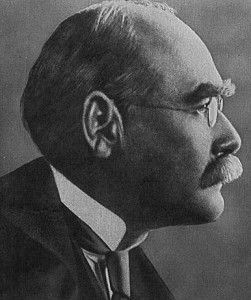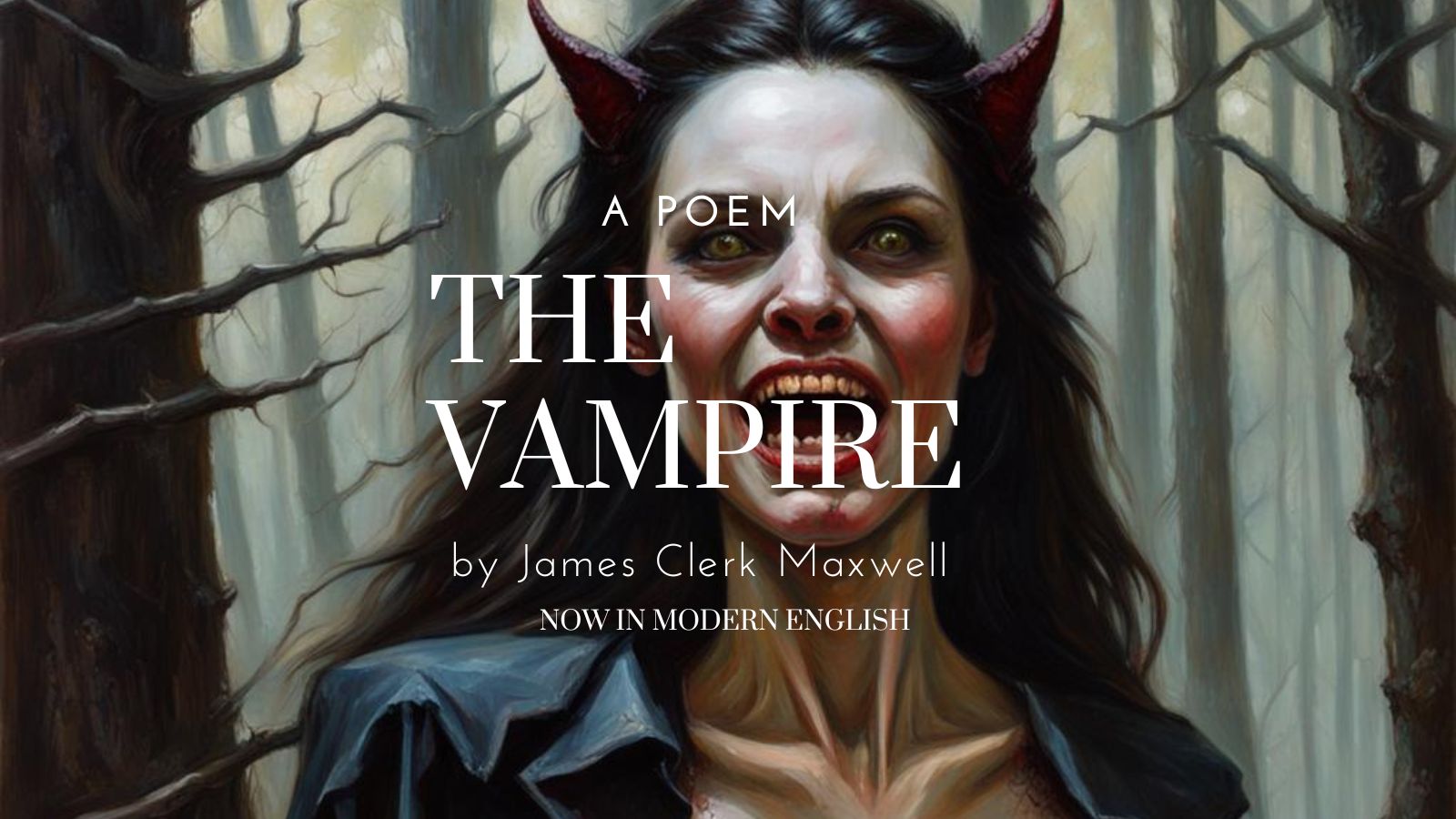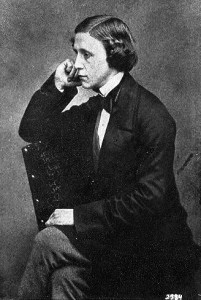
THE VAMPIRE
by Rudyard Kipling
(The verses’as suggested by the painting by Philip Burne Jones, first exhibited at the new gallery in London in 1897.)
.
A fool there was and he made his prayer
(Even as you and I!)
To a rag and a bone and a hank of hair
(We called her the woman who did not care),
But the fool he called her his lady fair
(Even as you and I!)
Oh the years we waste and the tears we waste
And the work of our head and hand,
Belong to the woman who did not know
(And now we know that she never could know)
And did not understand.
A fool there was and his goods he spent
(Even as you and I!)
Honor and faith and a sure intent
But a fool must follow his natural bent
(And it wasn’t the least what the lady meant),
(Even as you and I!)
Oh the toil we lost and the spoil we lost
And the excellent things we planned,
Belong to the woman who didn’t know why
(And now we know she never knew why)
And did not understand.
The fool we stripped to his foolish hide
(Even as you and I!)
Which she might have seen when she threw him aside?
(But it isn’t on record the lady tried)
So some of him lived but the most of him died?
(Even as you and I!)
And it isn’t the shame and it isn’t the blame
That stings like a white hot brand.
It’s coming to know that she never knew why
(Seeing at last she could never know why)
And never could understand.
Summary
Rudyard Kipling’s poem “The Vampire” tells the story of a foolish man’s infatuation with a woman who doesn’t reciprocate his feelings. The woman, metaphorically described as “a rag and a bone and a hank of hair,” is portrayed as indifferent and uncomprehending of the man’s devotion. Despite her lack of care, the fool spends his resources, honor, and faith on her, ultimately stripped bare by his obsession. The poem emphasizes the tragedy not in the woman’s actions, but in the fool’s realization that she never understood or cared about his feelings. Kipling repeats the phrase “Even as you and I” throughout the poem, suggesting that this foolishness is a common human experience. The “vampire” in this context is not a literal blood-sucking creature, but rather a femme fatale figure who drains the man of his vitality and resources through his own misguided devotion. The poem serves as a cautionary tale about the dangers of unrequited love and the folly of investing oneself in someone who doesn’t reciprocate or understand that investment.
Analysis
Rudyard Kipling’s poem “The Vampire” is a powerful exploration of unrequited love and disillusionment, structured in three stanzas with a repeating pattern that emphasizes its key themes. The poem tells the story of a fool’s infatuation with an indifferent woman, metaphorically described as a vampire who drains him of his resources and vitality. Kipling employs various literary devices to enhance the poem’s impact, including metaphor, repetition, and alliteration. The repeated refrain “Even as you and I” serves to universalize the experience, inviting readers to see themselves in the fool’s position.
The narrative progresses from the fool’s initial idealization of the woman, through his wasteful devotion to her, to his ultimate stripping bare and the painful realization that she never understood or cared about his feelings. This progression is mirrored in each stanza, creating a rhythmic flow that reinforces the poem’s themes. The woman, described as “a rag and a bone and a hank of hair,” embodies the concept of the femme fatale, a popular motif in late 19th-century literature and art.
Historically, the poem was inspired by a painting by Philip Burne-Jones and published in 1897, the same year as Bram Stoker’s “Dracula,” reflecting the period’s fascination with the vampire as a metaphor for dangerous allure. The poem can be interpreted as a cautionary tale about the perils of blind infatuation and the importance of reciprocity in relationships. It also reflects certain attitudes of its time, particularly in its portrayal of women as potentially destructive forces.
Kipling’s use of irony is evident in the contrast between the fool’s perception of the woman as his “lady fair” and her actual indifference. The poem’s emphasis on the woman’s lack of understanding shifts the central tragedy from the loss of material goods or status to the emotional pain of realizing one’s love was never truly seen or valued. This nuanced exploration of love, folly, and disillusionment, combined with its memorable structure and language, contributes to the poem’s lasting impact and continued resonance with readers long after its publication.
Bio
Rudyard Kipling (1865-1936) was a British author and poet, best known for his works of fiction, including “The Jungle Book” and the poem “If—”. Born in Bombay, India, to English parents, Kipling spent his early childhood in India before being sent to England for his education. He returned to India in 1882, where he began his writing career as a journalist.
Kipling’s experiences in India greatly influenced his writing, providing the backdrop for many of his works. He gained fame quickly, becoming one of the most popular writers in England of both prose and verse in the late 19th and early 20th centuries. In 1907, he was awarded the Nobel Prize in Literature, making him the first English-language writer to receive the prize and its youngest recipient to date.
Despite his popularity, Kipling’s work has been subject to controversy, particularly his attitudes towards imperialism and race. His writing often reflected the colonial attitudes of his time, which has led to ongoing debates about his legacy.
Kipling’s other notable works include the novels “Kim” and “Captains Courageous,” and the short story collections “Plain Tales from the Hills” and “The Man Who Would Be King.” His children’s stories, particularly “The Jungle Book” and “Just So Stories,” have become enduring classics.
Throughout his career, Kipling was regarded as an innovator in the art of the short story and a significant figure in children’s literature. His influence on the English language is also notable, with many of his phrases entering common usage. Despite the controversies surrounding his work, Kipling remains a significant figure in English literature, celebrated for his vivid storytelling and mastery of language.






Leave a Reply
You must be logged in to post a comment.